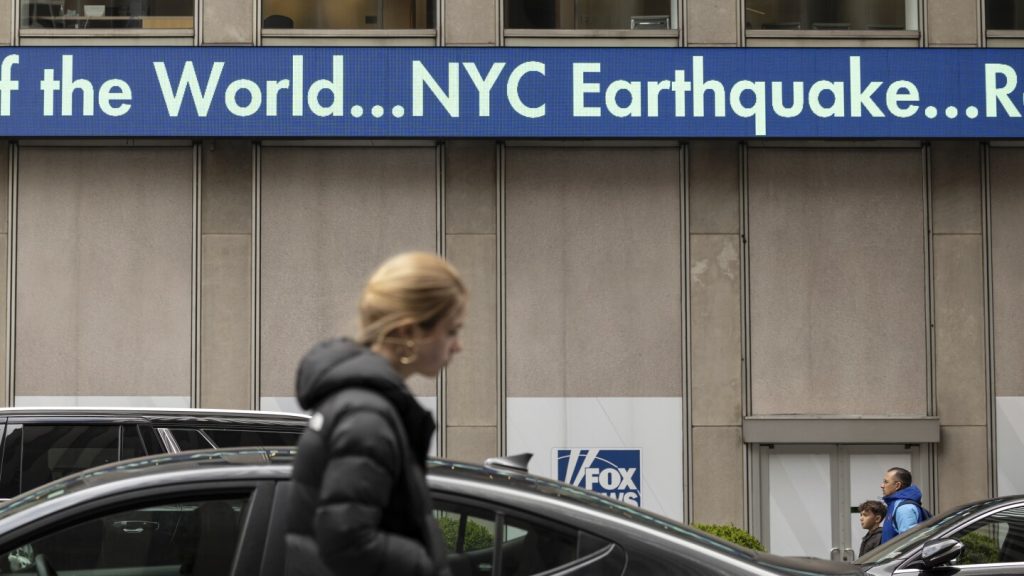Residents along the East Coast were surprised by a 4.8-magnitude earthquake centered near Lebanon, New Jersey, which was felt as far away as Baltimore and the Massachusetts-New Hampshire border. Despite the strong shaking, no life-threatening injuries or major damage have been reported. The Richter scale, developed by Charles F. Richter in the 1930s, is no longer widely used to measure earthquakes. Seismometers are now used to record the ground’s motion and determine the size of earthquakes, which can range from 2.5 to 8.0 or higher.
Earthquakes large enough to be felt by many people are relatively rare on the East Coast, with only about 20 quakes above a magnitude of 4.5 since 1950 compared to over 1,000 on the West Coast. However, earthquakes like the recent one in New Jersey do occur periodically. The last significant East Coast quake was in 2011 near Mineral, Virginia, which caused significant property damage, including to the Washington Monument in Washington, D.C. The difference between East and West Coast quakes lies in the geological processes that cause them, with East Coast quakes typically being caused by compression of hard, brittle rock deep underground.
East Coast earthquakes can be harder to predict and impact a larger area due to the spread of energy through cold, hard rocks in the region. The concentration of population centers across the East Coast means more people are likely to feel the effects of a quake. The USGS recommends staying safe during an earthquake by paying attention to emergency messaging from local officials and being prepared for aftershocks in the weeks to months following the initial quake. Safety measures include removing furniture that could fall, dropping to the ground during shaking, and finding shelter under a table to protect your head and neck.
While East Coast residents may not experience earthquakes as frequently as those on the West Coast, it is important to understand the risks and safety measures to take in the event of a quake. As the recent earthquake in New Jersey reminded residents, being prepared and knowing how to stay safe during an earthquake can make a significant difference in minimizing damage and injuries. By following guidelines from experts and staying alert to emergency alerts, residents can protect themselves and their loved ones in the event of future seismic activity along the East Coast.















